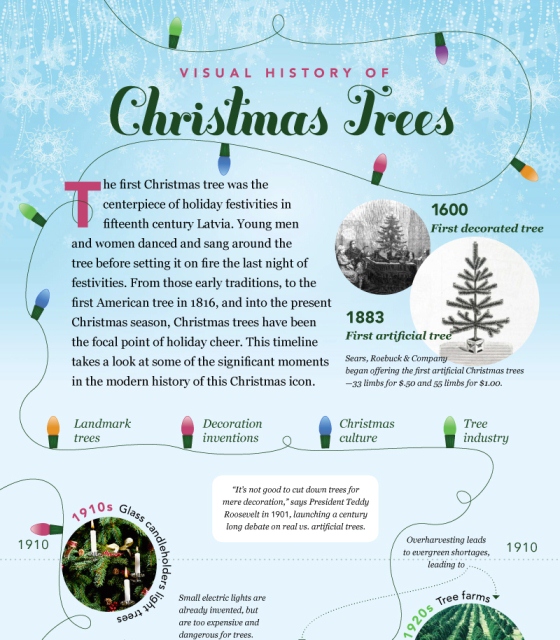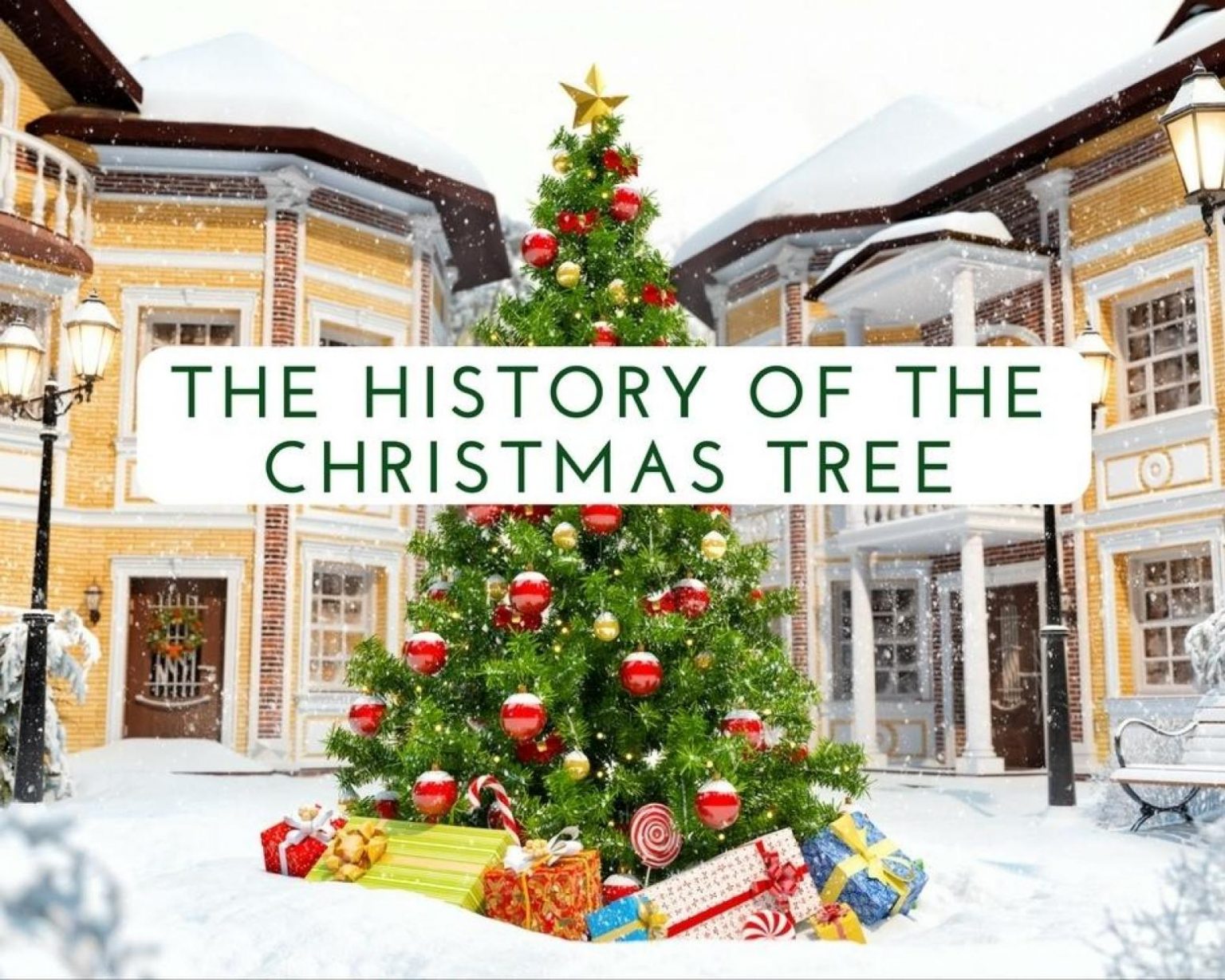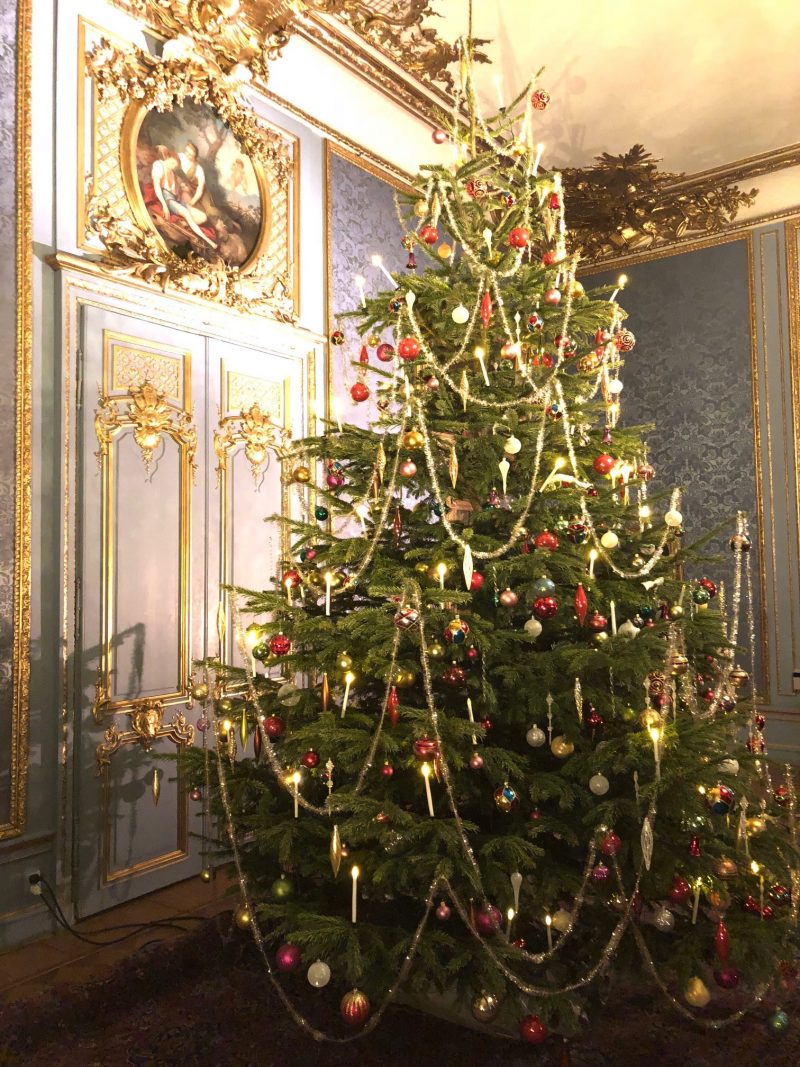
Christmas trees have become an integral part of the holiday season, with millions of people around the world setting up trees in their homes, decorating them with lights, ornaments, and tinsel. However, the origins of this beloved tradition are not as well-known as one might think. In fact, the modern Christmas tree tradition has a rich and complex history that spans centuries, cultures, and continents.
The evergreen fir tree has been a symbol of life and fertility in many cultures, dating back to ancient times. In Northern Europe, for example, the ancient Germans and Celts would bring evergreen trees into their homes during the winter solstice to symbolize the continuation of life and the hope for the coming of longer days. They would decorate these trees with candles, fruits, and other ornaments.
The 16th-Century German Roots of the Christmas Tree Tradition

The modern Christmas tree tradition, however, is often attributed to 16th-century Germany. The evergreen fir tree was seen as a symbol of life and hope during the cold and dark winter months. The trees were decorated with candles, which symbolized the stars in the sky, and were often topped with a star or an angel. The tradition was popularized by the German Protestant reformer Martin Luther, who is said to have decorated a small fir tree with candles to remind his children of the importance of faith.
The Influence of Prince Albert and the Victorian Era
The Christmas tree tradition was further popularized in the 19th century by Prince Albert, the German-born husband of Queen Victoria of England. Albert brought the tradition to the British court, and it soon spread to other parts of the British Empire. The Illustrated London News published a drawing of the royal family celebrating around a decorated Christmas tree in 1848, which helped to popularize the tradition among the British middle class.
The American Adoption of the Christmas Tree Tradition

The Christmas tree tradition was introduced to America by German immigrants in the mid-19th century. The first American Christmas tree was set up by German settlers in Pennsylvania in the 1740s. However, it wasn't until the 1850s, when a picture of Queen Victoria's Christmas tree was published in an American magazine, that the tradition began to gain popularity in the United States.
The Role of Thomas Edison and the Electric Light
The modern Christmas tree tradition as we know it today was further popularized by Thomas Edison's invention of the electric light. Edison's colleague, Edward Johnson, hand-wired 80 red, white, and blue lights and placed them on a rotating tree in his home in New York City in 1882. This was the first electrically illuminated Christmas tree, and it marked the beginning of a new era in Christmas tree decorations.
The Impact of World War I and II on the Christmas Tree Tradition

The Christmas tree tradition was affected by both World War I and II. During World War I, many Christmas trees were made from recycled materials, such as cardboard and paper. During World War II, the tradition was continued, but with many adjustments, such as using candles instead of electric lights, which were scarce during wartime.
The Post-War Era and the Rise of Artificial Christmas Trees
In the post-war era, the Christmas tree tradition continued to evolve. The introduction of artificial Christmas trees in the 1950s and 1960s offered a convenient and low-maintenance alternative to real trees. Today, artificial trees are just as popular as real ones, and many people opt for a combination of both.
The Modern Christmas Tree Tradition

Today, the Christmas tree tradition is celebrated by people of all cultures and faiths around the world. The trees are often decorated with a wide range of ornaments, lights, and other decorations, and are typically topped with a star, angel, or bow. Many families also have their own unique traditions and customs surrounding the Christmas tree, such as making decorations, singing carols, or exchanging gifts.
A Symbol of Hope and Joy
The Christmas tree tradition has come a long way since its humble beginnings in ancient Northern Europe. Today, it is a symbol of hope, joy, and celebration, and is an integral part of many holiday traditions around the world. Whether you prefer a real or artificial tree, decorate it with traditional ornaments or modern twists, the Christmas tree tradition is a time-honored and beloved part of many holiday celebrations.
Gallery of Christmas Tree Traditions




Frequently Asked Questions
What is the origin of the Christmas tree tradition?
+The modern Christmas tree tradition is often attributed to 16th-century Germany, where the evergreen fir tree was seen as a symbol of life and hope during the cold and dark winter months.
How did the Christmas tree tradition spread to other parts of the world?
+The Christmas tree tradition was popularized by German immigrants in the mid-19th century and was further popularized by Prince Albert, the German-born husband of Queen Victoria of England.
What is the significance of the Christmas tree in modern times?
+The Christmas tree is a symbol of hope, joy, and celebration, and is an integral part of many holiday traditions around the world.



![The history of Christmas trees [Infographic]](https://www.onlyinfographic.com/wp-content/uploads/2015/12/christmas-tree-infographic-800x2204.jpg)







